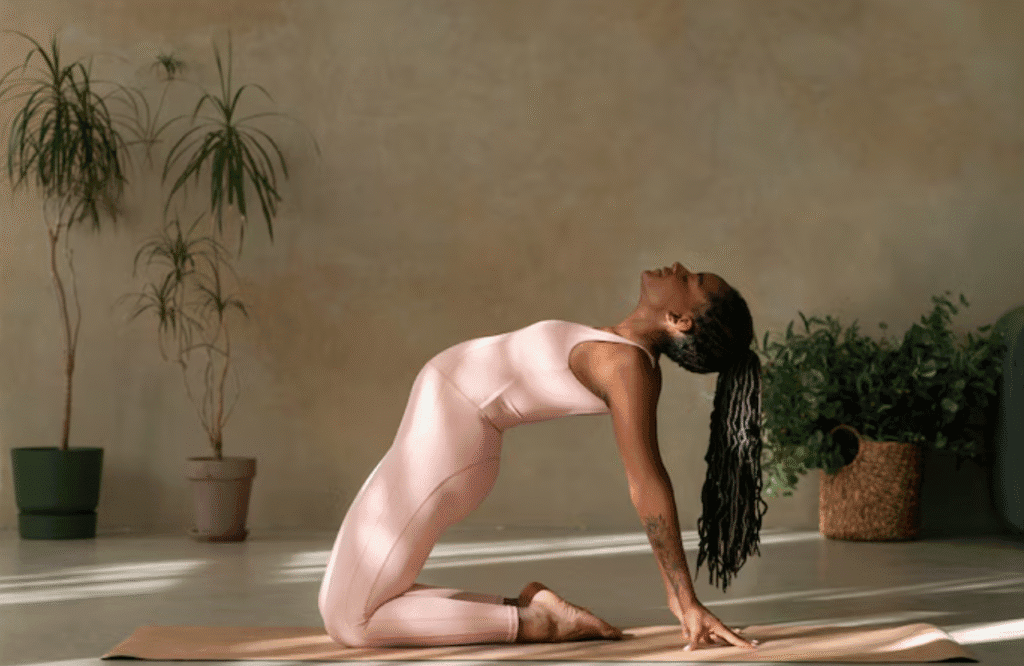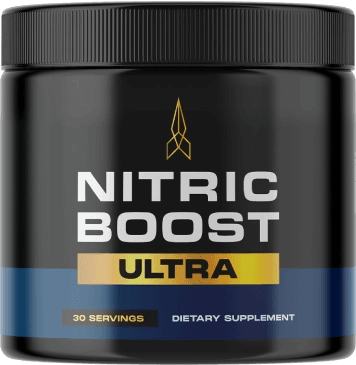Yoga is a powerful practice that blends movement, breath, and mindfulness to support your physical, mental, and emotional health. If you’re new to yoga, it’s normal to feel unsure about where to start. With countless styles, classes, and techniques, finding your footing may feel overwhelming—but it doesn’t have to be.
This practical guide is designed to help beginners start yoga with confidence by covering the basics: how to choose the right style, what you’ll need, and how to stay motivated and consistent.
1. What Is Yoga? A Quick Overview
At its core, yoga is a holistic system for well-being that originated in ancient India over 5,000 years ago. It incorporates:
- Asana (physical poses)
- Pranayama (breathing techniques)
- Meditation (mental focus and stillness)
- Ethical guidelines for a balanced life
While many modern classes focus on movement and stretching, yoga’s real purpose is to create inner peace and unity of body, mind, and spirit.
2. Choosing the Right Style of Yoga
Yoga comes in many forms. As a beginner, choosing the right style helps you stay engaged and avoid injury. Here are some popular options:
Gentle & Beginner-Friendly Styles
- Hatha Yoga – Slow-paced, foundational poses, ideal for beginners.
- Restorative Yoga – Focuses on deep relaxation with the help of props.
- Yin Yoga – Long-held, floor-based poses that improve flexibility and calm the nervous system.
Moderate to Intense Styles
- Vinyasa Yoga – A flowing, breath-linked sequence of poses.
- Ashtanga Yoga – A structured, athletic style with set sequences.
- Power Yoga – Fast-paced and strength-building.
Tip: Start with Hatha or a beginner Vinyasa class, then explore other styles as you grow more confident.
3. Essential Equipment for Beginners
You don’t need much to begin—just a few basics to get comfortable:
- Yoga Mat – Provides grip and cushioning; look for non-slip and eco-friendly options.
- Comfortable Clothing – Stretchy, breathable clothes that let you move freely.
- Yoga Blocks – Help you modify poses and maintain alignment.
- Yoga Strap – Assists with flexibility and proper posture in stretches.
- Water Bottle – Stay hydrated, especially in heated or dynamic classes.
Many studios offer props, but having your own gear encourages home practice.
4. How to Prepare for Your First Class
- Eat Light – Avoid eating a heavy meal 1–2 hours before your practice.
- Arrive Early – If attending a studio class, arrive 10–15 minutes early to settle in.
- Communicate with Your Instructor – Let them know you’re new or if you have any injuries.
- Breathe and Go Slow – Don’t worry about perfect form; focus on breathing and listening to your body.
5. Staying Consistent with Your Practice
Consistency is the key to experiencing yoga’s full benefits. Here’s how to build a lasting habit:
Set a Schedule
- Choose a specific time each day or week.
- Even 10–15 minutes is enough to begin forming a routine.
Create a Dedicated Space
- Designate a quiet corner in your home for yoga and meditation.
- Keep your mat and props easily accessible.
Use Resources
- Try online classes, apps, or YouTube channels designed for beginners.
- Explore beginner books or journals to deepen your understanding.
Track Your Progress
- Keep a yoga journal to record how you feel after each session.
- Celebrate milestones, like mastering a pose or practicing for 30 days straight.
6. Common Beginner Mistakes (And How to Avoid Them)
- Pushing Too Hard: Yoga is not a competition. Respect your body’s limits.
- Skipping Breath Work: Breath is central to yoga. Always connect movement with breath.
- Judging Yourself: Everyone was a beginner once. Yoga is a personal journey.
- Inconsistency: Start small, but try to practice regularly—even 3 times a week is great.
7. Benefits You Can Expect Early On
With just a few weeks of regular practice, beginners often notice:
- Better flexibility and mobility
- Reduced stress and anxiety
- Improved sleep quality
- Greater body awareness
- Increased calm and focus
8. Words of Encouragement
Yoga is not about touching your toes or twisting into complex poses. It’s about showing up, breathing deeply, and learning to listen to your body and mind. Be patient with yourself. Each practice, no matter how short or simple, is a step forward.




